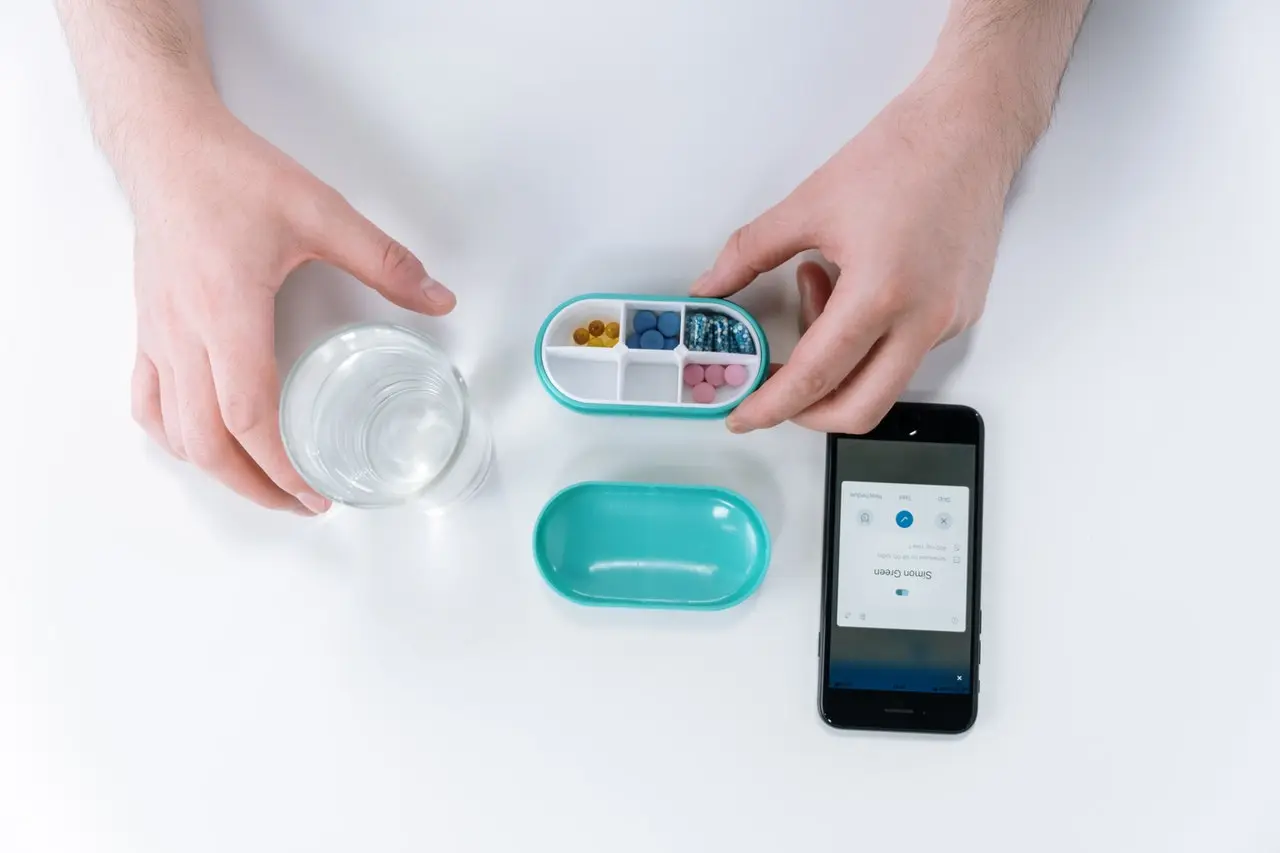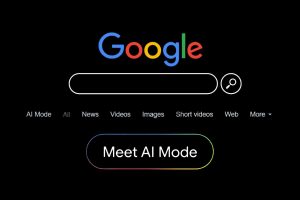Mobile healthcare application is health care software that works on mobile devices like mobiles, tablets, and wearables. The applications are developed to work on several operating systems (OS) including android, iOS, Wear OS, and iPad Os.
Mobile healthcare application development is the practice of developing healthcare apps with specific feature sets that help users reach out to healthcare professionals, motivate themselves, manage mental health, track vital stats, and so forth.
The practice of mobile healthcare application development involves documentation of features, designing the UI/UX, developing the backend, server integration, testing, and going live. However, depending on complexity, the time and resources invested in the development and testing process can increase manifolds.
Since maintaining a standard is important to sustain your healthcare application, let’s understand the top 4 practices that go towards successful mobile healthcare application development.
Document Your Vision of Mobile Healthcare Application Development
Your vision towards your healthcare application, irrespective of the OS, is the most critical aspect in the pre-development stage. A solid constructive vision, naturally, can bring your whole team on the same page. Whatever your objective with your application is, prioritizing your users before everything brings out the best of things.
At the initial stages, you might not have a concrete idea with respect to the path you want your application to take. But, that changes when you start asking yourself questions like:
- Does my vision inspire my team to make necessary efforts?
- Do I have a specific business goal as to where I want to take my healthcare application to?
- Who are my target users? Are they the Millenials, or are they healthcare professionals?
- Do they have a specific need that my application focuses on solving?
- Who are my competitors and how can my application be better than their one?
Note down every answer that you find through these questions and start building your vision up towards successful mobile healthcare application development.
Break Mobile Healthcare Application Development into Units
Units are the smallest parts of codes that can’t be broken down anymore. A basic loop, a small function, or even an integer declaration can be considered a unit. The unit development and testing model helps to test the application more effectively.
Although our discussion isn’t related to technicalities, this practice can also be considered for the whole mobile healthcare application development process. Not only the development part itself.
Break down your application to the smallest units to understand how every part works and what is connected to what. The units may include but are not limited to microservices, libraries, design elements, codebase, or UX/UI. Having a clear picture of every small part automatically brings more transparency to the development process.
Prioritize UI/UX in Mobile Healthcare Application Development
User interface (UI) and user experience (UX) are the most critical attributes of any modern mobile application. Healthcare applications aren’t any different.
While UI dictates how your mobile healthcare application looks, UX determines how the application behaves. A good mobile UX design includes:
- Usefulness
- Usability
- Desirability
- Navigability
- Accessibility
- Credibility
Each of these UX elements is critical to the mobile healthcare application development as the users will experience these attributes to the core.
Your healthcare application must be useful to the user. A user won’t be compelled to install or retain your healthcare app on their device if it’s not true to its purpose.
Usability is mutually exclusive to usefulness. Your application might be useful, but with your users lost in the complexity of your menus, it’s futile.
Desirability hooks your users to your healthcare app. The desirability factor may be anything between a simple calorie counter and a complex AI algorithm that answers user queries.
The navigability, accessibility, and credibility factors are also equally essential to designing a compelling UX through mobile healthcare application development.
Desktops are typically operated by a mouse and keyboard. But, mobile devices are operated by your thumb. The UI of your mobile healthcare application must consider that. Huge buttons, clean icons, orientation support, huge input fields, and ease of usage are regarded when designing the UI for mobile applications.
Follow Store Guidelines
Read the detailed guidelines directed towards developers that app stores offer. Let’s go through the most important of them:
- No offensive and objectionable content that promotes discrimination towards sexual orientation, race, religion, ethnicity, or any particular group or individual.
- Visual realism must not exceed the bounds to the extent of promoting violence, hate, or humiliation.
- Content that actively promotes the use of firearms or encourages firearms trading.
- Pornographic material
- Apps with user-generated content must include filtering algorithms and reporting features.
- Apps made specifically for kids should follow privacy laws religiously.
- Medical apps that aren’t credible or don’t provide accurate data are rejected.
- The methodology of apps must be described in detail. Apps that claim to generate X-rays or blood pressure with just the mobile sensors aren’t allowed without appropriate disclosure.
- Drug dosage information is only allowed through credible organizations.
- Apps that promote alcohol, tobacco, and substance consumption aren’t allowed in most cases.
- Inability to patch backdoors and vulnerability to a data breach are common grounds for rejection.
- Hardware compatibility issues must be addressed before submission.
- Apps must comply with in-app purchase requirements to be monetized.
- Apps must be well-tested before submission. Broken links, missing metadata, and misplaced placeholders aren’t accepted.
- User data security and privacy are considered the top priority. Especially for healthcare applications.
Apart from these few, you need to consider hundreds of other requirements before submitting your app to the App Store or Play Store.
Where Tech Exactly Comes in
Tech Exactly comes to your rescue from the first stage itself. We help you visualize and materialize your mobile healthcare application development plans by keeping a transparent and efficient process that keeps you notified about every update.
Our team of experienced mobile healthcare application developers and testers ensure that your app finds its way to the app store through carefully maintained UI/UX and compliance requirements
We practice a continuous development process, where the development and testing process is done simultaneously. This practice ensures that your healthcare application is developed and patched faster.
We also take great care towards security and privacy. As far as healthcare applications are considered, our tried and tested backdoor and vulnerability pentesting methods have proven their worth for many many applications.
The Bottom Line
Hopefully, you’ve understood the top four practices that need to be employed in your healthcare application. The first stage is having a vision that resonates with your team and your objective.
The development process through breaking down the application into units comes next.
UI/UX attributes need to be considered parallelly with development.
After vigorous testing and maintaining development cycles, consider following the app store guidelines before submitting the app for approval. IF you’re stuck at any stage of the lifecycle of your app, don’t hesitate to reach Tech Exactly.












